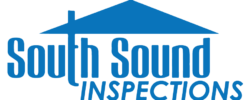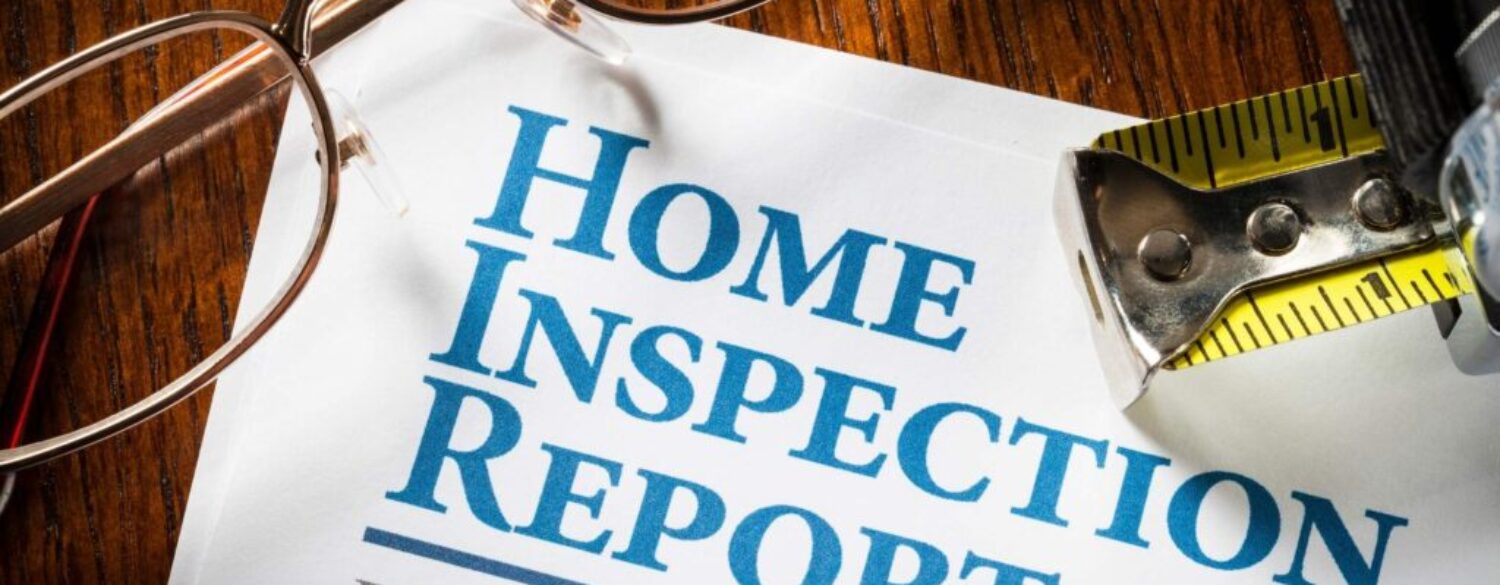Your Guide to Understanding the Home Inspection
Scheduling a home inspection is a critical step during the home buying process, but few potential home buyers take into account the importance of reading and understanding the home inspection report. The average cost for a home inspection around the Seattle area is over $500, and the inspection itself can range from 2 to 4 hours. The report (which can be anywhere from 15 to 70 pages ) is usually delivered within 24-48 hours of the actual inspection, and it provides an objective, unbiased assessment of the home’s conditions. Once you have the report, you’re armed with information that can help you and your realtor negotiate the home’s final price. Your home inspector will also be available to answer any questions that you may have about the report. Here’s what you can expect to see in your home inspection report:
General info about property and inspection conditions
This first section of the report lists the property’s address, date and time of inspection and the weather conditions on the day of the inspection. This section also mentions the property’s category (single family home, condominium or townhome, etc.) and what areas couldn’t be accessed during the inspection.
Detailed assessment of systems and components
The home inspection report covers six major areas: structural components, exterior features, roof components, plumbing, HVAC, and electric. The report also details the conditions of each room, including windows, walls, ceiling, and floor issues with the goal of identifying imminent problems. Since the home inspector does not have access to septic systems or wells, these components are not included in the report.
To categorize the issues related to each home component, the report uses these symbols and codes:
- F = Functional. All components are in good working condition.
- NI = Not inspected. This may occur in cases where doors were locked and the home inspector could not access a certain room or area of the home.
- AE = Additional evaluation recommended. This indicates that the inspector needs more information to determine if there’s an issue.
- S = Safety concerns. The report will show this code when a condition may pose a health risk.
- R = General repair. This indicates an area that needs correction but isn’t an urgent issue.
- D = Defect. Areas in this category are non-functioning or damaged.
Keep in mind that the home inspection report does not list estimates for home repairs or replacements.
Photos of home components
You’ll also find photos of the exterior and interior of your home, including the roof components, foundation, landscaping, along with areas of the basement, attic or crawlspace. Your home inspector may use a drone to photograph the roof components and a thermal imaging camera to document temperature changes that may occur due to insulation issues, wiring problems, or excess moisture. The photos taken with these devices may be included when conditions don’t meet standards.
Summary and rating for identified issues
The summary page presents the main causes for concern and suggestions for repairs to ensure safety and livability. This page provides a subject for discussion between you and your realtor when it comes to negotiating home repair costs within the final sale price. If the property requires extensive repairs, this may greatly impact negotiations.
South Sound Inspections provides reliable, unbiased property inspection services with inspectors who are ready to answer your questions and concerns. Call South Sound Inspections to schedule an appointment today.



